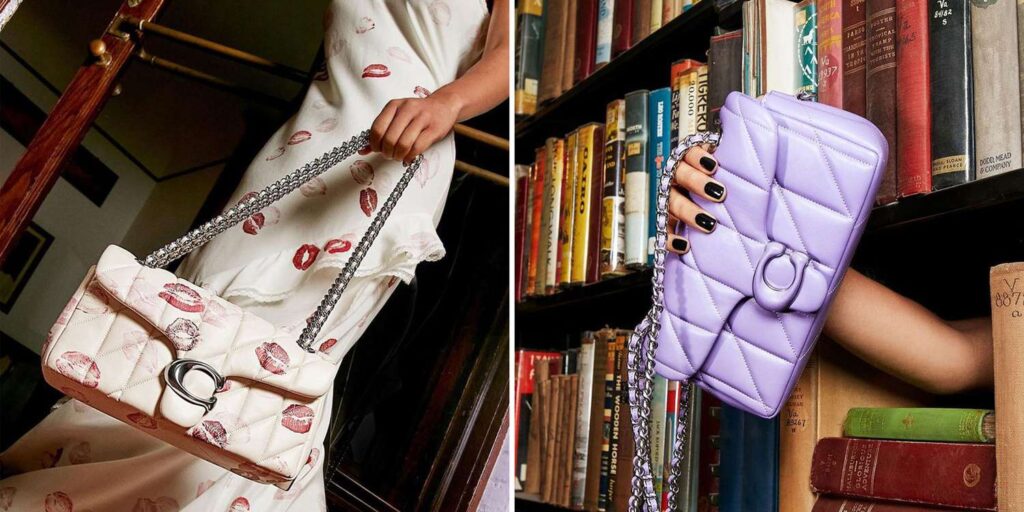Forever 21 has managed to avoid liquidation and will remain open – to some extent – thanks to a newly-approved deal. Four months after filing for bankruptcy protection, a U.S. bankruptcy court in Delaware signed off on a deal between the Los Angeles-based fast fashion retailer’s founding family and Simon Property Group, Brookfield Property Partners, and Authentic Brands, which will see the three retail-centric companies pay $81 million in exchange for assets, including those of Forever 21 subsidiary brands, such as Riley Rose, and its e-commerce platforms.
The consortium of companies that nabbed the assets of Forever 21 – two of which, Simon Property Group and Brookfield Property Partners, are Forever 21’s biggest landlords and among its largest creditors – have something of a history of taking on beleaguered retailers. Simon Property Group and mall owner General Growth Properties, which is now owned by Brookfield Property Partners, for instance, “teamed up to rescue embattled teen apparel retailer Aeropostale” after it filed for bankruptcy.
Meanwhile, Authentic Brands – the brand management firm that maintains a wide roster of fashion and apparel companies, ranging from Juicy Couture and Judith Leiber to Jones New York, Volcom, and Aeropostale – made headlines recently when it won a battle for the assets of ailing department store chain Barneys New York. As part of a $270 million-plus deal in October 2019, Authentic Brands and B. Riley Financial Inc. acquired Barneys New York’s assets, and entered into a subsequent arrangement in furtherance of which Hudson’s Bay Co. agreed to license the iconic Barneys name and other intellectual property for use in connection with its Saks Fifth Avenue business.
As for what is to come for Forever 21 – which was an early pioneer of low-cost, trend-specific garments and accessories beginning in the 1980s, transforming the business into a retail force with a sweeping real estate footprint of more than 800 stores in the U.S. and beyond, and annual revenues reaching $4.4 billion at its peak in 2015 before taking a hit in recent years as its trendy, runway-inspired garments and accessories were increasingly met with stiff competition in the form of even-faster, digitally-native companies – that is still largely unclear.
In a statement in connection with the recently-approved deal, Forever 21 revealed that the agreement “allows [it] to come out of bankruptcy, keep its headquarters, stores and e-commerce operations open, providing fashions and trends that customers know and love for years to come.” Citing Tyler Cowan, Forever 21’s investment banker and a managing director at Lazard Ltd., Bloomberg reported last week that while the deal preserves about 25,000 jobs at Forever 21.
At the same time, Bloomberg notes that while “court papers show the buyers have the right to close stores,” a likely move given that high rent costs and falling foot traffic to malls and brick-and-mortar stores in light of the rise and steady dominance of online shopping, has been a core issue for Forever 21 and other traditional retailers, it is not “immediately clear how many will remain open.”
Given the combination of both practical and cultural factors that have led to the fall of Forever 21, a once-mighty mall giant, its rehabilitation will not be easy. In addition to the rising number of retail bankruptcies (there were 22 retail bankruptcies in 2019, compared with 17 in 2018, per CNBC), which result from a “sea change in where and how people are shopping,” it is becoming an increasingly common scenario for retailers that have been bailed out of bankruptcy once – and “breaking leases on stores when they have too much real estate and needing to close some shops” – to find themselves back in bankruptcy court again.
There is no saying that Forever 21 will not be caught in this trap, which tends to be cyclical in nature and is in the midst of a resurgence as we speak, Bruce Markell, a former bankruptcy judge, told Bloomberg early last year.
Coined “Chapter 22” as a play on a second Chapter 11 filing, a subsequent filing “gives a business more than one chance to get back on its feet,” says bankruptcy attorney David Sisson. “The first filing streamlines operations and creates new debts that [the company] will strive to meet going forward, while [its] old debts are often adjusted or reduced.”
“If the company does not rally enough to meet these new obligations, they can file a second Chapter 11 and reduce the debt even more,” Sisson says, but just as a first round is hardly a guaranteed life-saver, a second filing very well may lead to a company calling it quits entirely if they emerge from the process “with either too much debt or an unsustainable business plan,” according to Bloomberg. More than that, oftentimes, “[these] companies don’t go far enough to address core operational problems,” Houlihan Lokey financial adviser Surbhi Gupta, who focuses on the retail sector, told the publication, which lands them back in front of a bankruptcy judge for a second time.
Speaking specifically about retail, one core commonality for “many two-time [Chapter 11] bankruptcy offenders,” such as Barneys New York, American Apparel, Wet Seal, and Charming Charlie, among others, is that they “relied too heavily on foot traffic in malls,” according to CNBC, and as a result, may never emerge from the second filing.
It will be interesting to see what becomes of Forever 21 and whether its fate will be any different than any of the struggling mall-centric retailers that came before it.











